Discover the rich history of massage: A journey through time and techniques
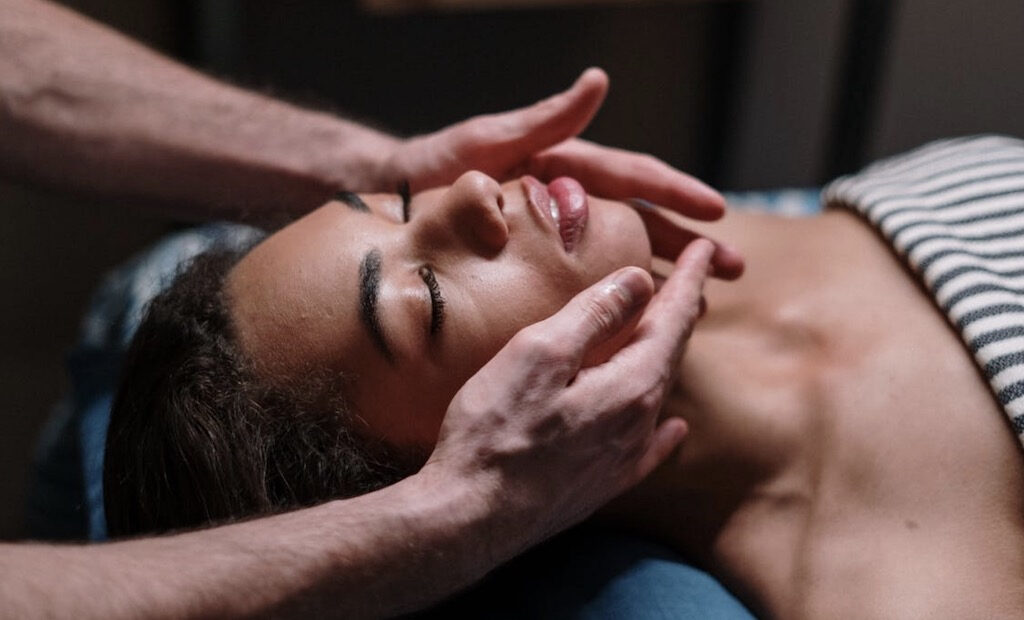
The art of massage has played a significant role in cultures across the globe for centuries. Touch is a primal form of communication and healing, and massage has been used to relieve stress, ease pain and promote relaxation throughout history. From ancient civilisations to modern-day spas, massage techniques have evolved to incorporate a wide range of practices, drawing on the unique knowledge and skills of diverse traditions. This article explores the origins and development of four major massage techniques, highlighting the artistry and cultural significance of each.
Swedish massage
Widely regarded as the most common type of massage, Swedish massage has its roots in the early 19th century. Developed by Swedish physiologist Per Henrik Ling, it employs a combination of long, gliding strokes, kneading and tapping to promote relaxation and increased circulation. The art of Swedish massage lies in its ability to provide a soothing experience while effectively targeting areas of tension and stress – in a way, it’s similar to what people looking for a tantric massage in London are after.
Shiatsu massage
Originating in Japan, Shiatsu is an ancient healing art that uses finger pressure to stimulate the body’s energy pathways or meridians. Drawing from traditional Chinese medicine, Shiatsu therapists apply pressure to specific points on the body, aiming to restore balance and promote overall wellness. The art of Shiatsu lies in the practitioner’s ability to listen to the body’s cues and apply the appropriate pressure and techniques to facilitate healing.
Ayurvedic massage
Hailing from the ancient Indian system of medicine known as Ayurveda, Ayurvedic massage incorporates the use of warm, herbal-infused oils and focuses on balancing the body’s vital energy or “doshas”. The art of Ayurvedic massage involves a deep understanding of the individual’s unique constitution and the application of tailored treatments to enhance overall well-being.
Lomilomi massage
This traditional Hawaiian massage, also known as “loving hands” massage, is deeply rooted in the indigenous culture of the Hawaiian Islands. Lomilomi practitioners use their palms, forearms, fingers and even elbows to perform long, flowing strokes, incorporating rhythmic movement and breathwork to create a deeply nurturing experience. The art of Lomilomi lies in the practitioner’s ability to channel positive energy and cultivate a sense of harmony and balance.
Today, massage therapy continues to thrive as a respected and sought-after form of holistic healing. With a growing appreciation for the diverse techniques and traditions that have shaped the history of massage, the future promises even greater innovation and integration of these ancient practices into modern wellness routines. As we embrace the artistry and cultural significance of massage, we can look forward to a future of enhanced well-being, connection and healing.
The editorial unit




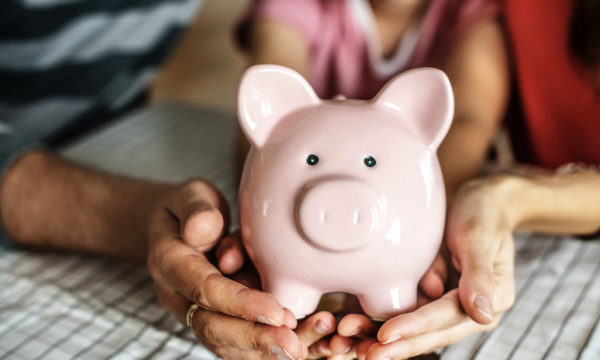
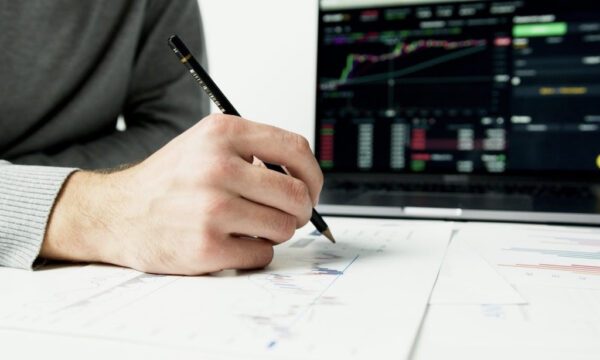

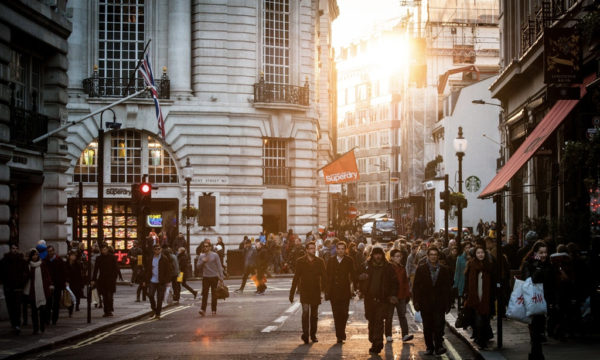










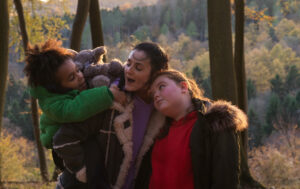





Facebook
Twitter
Instagram
YouTube
RSS